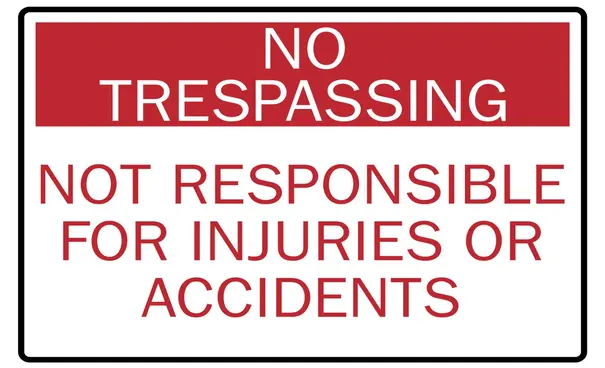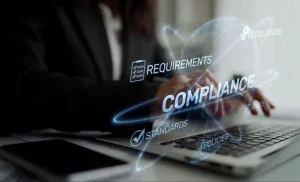Trespassing isn’t always a break-in. Sometimes, it starts with someone just “hanging around” a little too long.
However, when loitering escalates into forced entry, vandalism, or theft, it’s no longer harmless; it becomes a crime with serious consequences.
In this blog, we’ll break down what criminal trespassing really means, how it’s defined by law, the penalties involved, and how modern security technology can help stop it before it happens.
What is the legal definition of criminal trespassing?
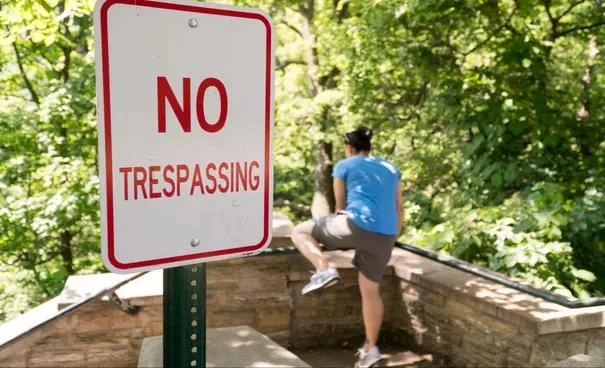
Criminal trespassing in the United States is defined as the intentional and unauthorized entry onto another person’s property without permission, legal right, or a valid reason.
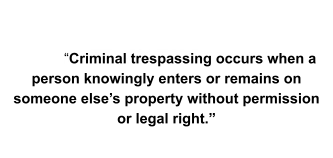
The primary distinction between trespassing and criminal trespassing lies in intent. Criminal trespass involves knowingly entering or remaining on property without permission. Also, with the intent to steal, sabotage, break windows, spray graffiti on walls, or dump trash, tires, or construction debris.
Legally, the definition of criminal trespassing includes entering or staying on property after being told to leave! And if they use force or violence to enter or remain on the property, then they are definitely inviting trouble!
What constitutes criminal trespassing?
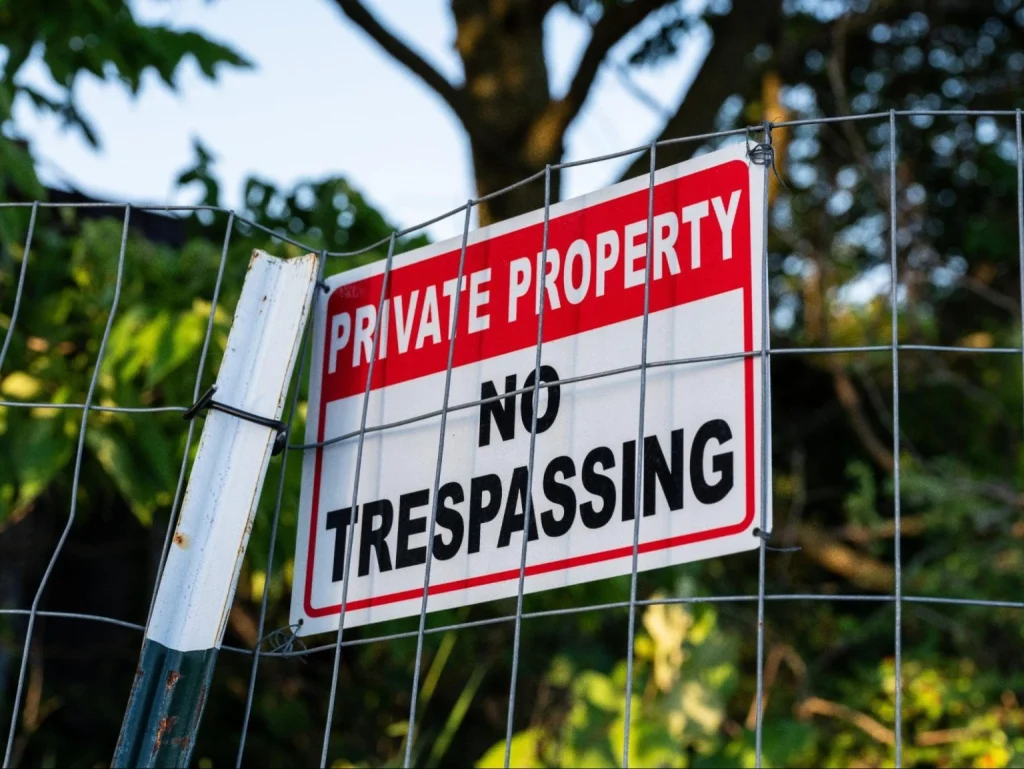
Type of property:
It means that when a person commits criminal trespass, they knowingly enter or remain on property without the owner’s consent.
The presence of signage:
By law, businesses and private property owners are required to display notices or signs so that individuals are fully aware of the key dividing lines between lawful presence and criminal activity.
Even verbal warnings or clearly posted “No Trespassing” signs are considered sufficient legal notice in most jurisdictions.
Intent:
Intent means the person knew or should have known they were not allowed on the property and chose to enter or stay anyway. Law enforcement must prove awareness and choice, not just presence.
Example 1:
If the dumpsters are open and unfenced, and there are no “No Trespassing” signs, their intent may not be criminal. They might genuinely think it’s public or abandoned property.
However, if the dumpsters are behind a locked gate or clearly marked with warning signs, and the person climbs over them anyway, the act now demonstrates an intent to trespass. They knowingly ignored the barriers or warnings, fulfilling a key legal element of the offense.
Example 2:
A delivery driver enters the wrong driveway while using GPS and steps onto private property. When the homeowner tells them to leave, they do so immediately.
This is not criminal trespass because there was no intent to enter unlawfully; it was a simple mistake, and the person complied when asked to leave.
Degree of criminal trespassing:
Most U.S. states recognize two degrees of trespass:
- Misdemeanor trespass: entering fenced or posted land without intent to commit another crime.
- Felony trespass occurs when the act involves force, theft, the use of weapons, or entry into dwellings or critical infrastructure (e.g., schools, utilities).
The consequences of criminal trespassing:

The penalty for criminal trespassing may differ from state to state. You could face fines, probation, or even jail time. The sentence for criminal trespassing may depend on prior offenses and whether damage or harm occurred.
When does trespassing become a felony?
Trespassing escalates to felony status when it involves:
- Occupied property or dwellings.
- Intent to commit another offense (e.g., theft or vandalism).
- Prior trespassing convictions.
- Public safety risk, such as trespassing near government buildings or restricted zones.
In these cases, penalties can include jail time, fines of several thousand dollars, and long-term consequences, such as a permanent criminal record.
State laws on criminal trespass:
Criminal trespassing varies slightly across states, depending on the type of property, the presence of posted signage, and the intent. State laws on criminal trespass vary in definitions, degrees of the offense, required notice, and penalties.
Arizona laws on criminal trespass:
Arizona distinguishes between first-degree (residential structures) and second-degree (non-residential structures) criminal trespass, with penalties ranging from a few months to over a year in jail.
New York laws on criminal trespass:

New York similarly distinguishes between third-degree (fenced or enclosed property) and second-degree (dwellings) criminal trespass, with jail terms ranging from three months to a year. First-degree in NY involves firearms and is a felony.
What qualifies as criminal trespass in Georgia?
Other states, such as Georgia and Michigan, treat criminal trespass primarily as a single misdemeanor, with penalties ranging from 1 to 30 days of jail time, respectively.
What are the fines for criminal trespassing?
Different states have different conditions before they set the fine or penalty. Connecticut, Pennsylvania, and Vermont specify that property must be posted or fenced to avoid trespass charges. At the same time, New Hampshire and Utah include verbal or written notice, as well as court orders, as valid forms of notice.
Courts may also set a bond for criminal trespassing before releasing an individual from custody.
Depending on severity, the jail time for criminal trespassing can range from a few days to several months. In some cases, domestic criminal trespass applies when a person unlawfully enters a residence or property belonging to a spouse or a family member.
What evidence do you need in a courtroom to prove criminal trespass?
Courtroom evidence that proves criminal trespass generally includes the following key elements:
1. Unauthorized entry or remaining:
You need to show proof that the defendant entered or stayed on someone else’s property without permission.
This can be shown by testimony, video footage, or witnesses confirming the defendant’s presence on the premises without consent. For example, entry onto a dwelling, building, or enclosed land without the right qualifies.
2. Notice or forbiddance:
Proof that the defendant was forbidden to enter or remain on the property, which may be established through:
- Direct verbal warnings from the person in lawful control.
- Posted “No Trespassing” signs around the property.
- Court orders forbidding the defendant from entering.
Actual knowledge by the defendant is not always necessary if these notices are reasonable and visible.
3. Knowledge or intent:
Evidence that the defendant knowingly entered or remained on the property without permission. This means the defendant was aware or should have been aware that they were not allowed to be there. This mental state can be proven by showing the defendant ignored warnings or barriers such as fences or signs.
4. Refusal to leave:
In many cases, evidence that the defendant stayed on the property after being asked to leave by the owner or lawful occupant supports the charge.
This evidence can be presented through:
- Witness testimony (property owner, occupants, law enforcement).
- Physical evidence (photos of signs, fences).
- Video recordings or surveillance footage.
- Official notices or court orders.
- Defendant’s own conduct or admissions.
Together, these elements help establish the crime of criminal trespass beyond a reasonable doubt in a court of law.
Now we tell you how remote video monitoring can provide you with the exact evidence you need to prove criminal trespass in court.
Turn trespassing proof into prosecution: How remote video monitoring delivers courtroom-ready evidence:
Solution 1: Automated evidence collection system:
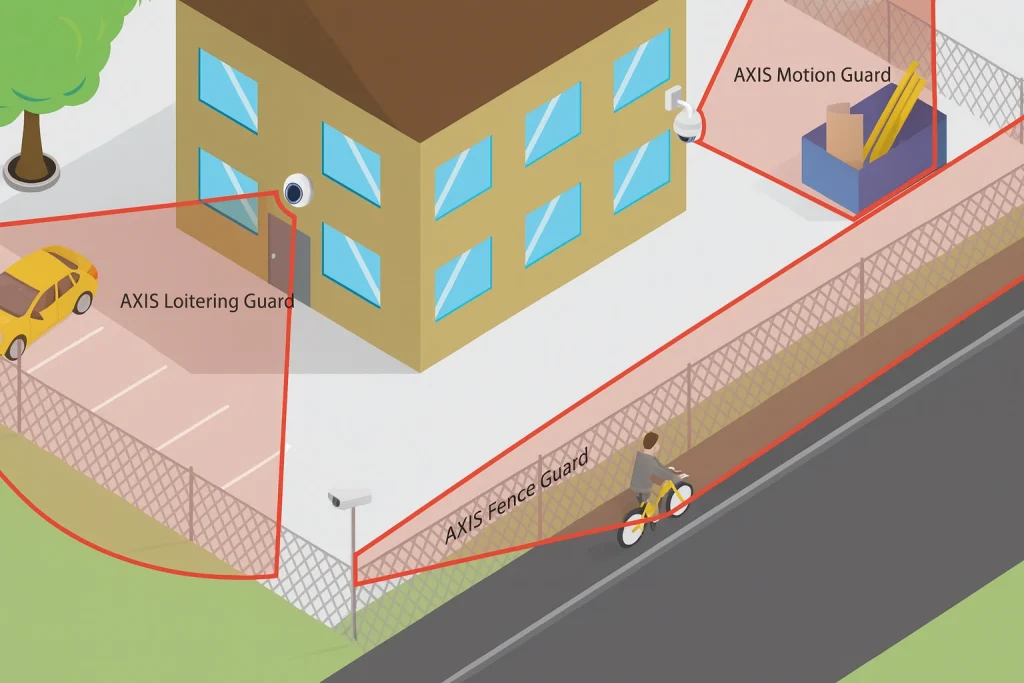
Remote video monitoring doesn’t just secure your site 24/7. You get courtroom evidence that proves criminal trespassing.
Therefore, there’s no way the police would refuse to act or claim that there is insufficient evidence.
The AI security cameras, equipped with video analytics provide precise information on when the defendant entered and how long they stayed on someone else’s property without permission.
So you get:
- Exact timestamped video footage that is admissible in court.
- Automated incident reports generated in real-time.
Solution 2: Direct police integration platform:
When the alarms are triggered at the remote video monitoring station, the live video feeds are validated by professional operators before being dispatched to the police.
All actions are taken according to pre-established SOPs. You get a speedy response from the police because the Verified alarm protocols meet police response requirements.
The result is reduced false alarm rates through human verification, improving police cooperation.
Solution 3: Clear warning and documentation system:
The only way a trespasser can claim that he didn’t even know he was trespassing is when he shows that there was confusion about trespass requirements and warnings.
When the remote operator takes charge of the situation, they may decide to intervene with automated audio warnings that are triggered by AI detection. Or he may even intervene directly.
Add to that deterrents such as flashing lights and loud sirens, as well as customizable message systems for different types of violations.
Operators can observe and record the defendant ignoring warnings or barriers, demonstrating awareness or intent to trespass. Therefore, there is no chance that the trespasser can defend himself by claiming that there were no warnings.
Solution 4: Boundary enforcement technology:
Neighbors parking in your spaces or overstepping for shortcuts can finally be dealt with by geofencing and innovative deterrent systems.
It allows you to set virtual property lines that trigger instant alerts when crossed. You can then integrate these alarms with Remote Live Video Monitoring so that the remote operators spring into action as soon as the alarm is triggered.
With remote video monitoring, early detection of loiterers helps prevent security breaches and property damage. We monitor for loitering to prevent trespassers from accessing your property.
How to set up loitering detection zones for criminal trespassers?
1. Set up the loitering conditions by defining the area where detection is needed:
First, you can mark the exact area you want to monitor, like a hallway, parking lot, or entrance. In the camera software, you draw or select this zone on the screen. The system will then “watch” this specific area for people who linger too long.
2. Configure to alert when a person stays beyond a configured time:
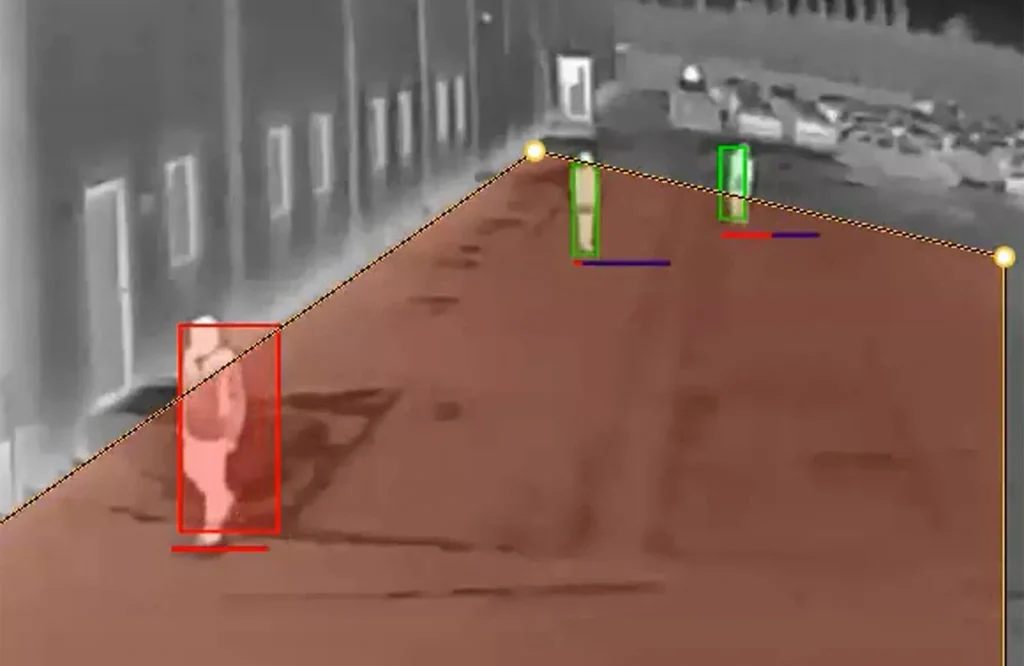
Once the zone is set, you tell the system how long is too long. For example, you can set it to trigger an alert if someone stays in the area for more than 2 minutes. This helps identify suspicious behavior, such as loitering outside a closed store or near restricted doors.
3. Adjust settings for multiple profiles and action rules:
You can create different profiles for different times or places. For instance, during business hours, the system might ignore people standing near the entrance.
But after hours, it could send an alert or start recording immediately. Action rules instruct the camera on what to do when a loitering event occurs: sound an alarm, send an email, or record the footage.
4. Use Alarm Overlay to visualize alarm events on video:
The Alarm Overlay is a visual indicator that appears directly on the video feed when an alert happens. It may display a colored box or flashing symbol around the detected person. This makes it easier for security staff or operators to identify what triggered the alert in real-time.
Conclusion:
Criminal trespassing is more than just stepping onto someone’s property without permission. It involves knowingly entering or remaining after being told to leave, often with the intention of stealing, damaging, or disrupting. Depending on the circumstances, it can result in misdemeanor or felony charges, fines, probation, or imprisonment.
Property owners can strengthen their legal position by using clear signage, documenting warnings, and implementing evidence-based security measures. Remote video monitoring plays a crucial role by detecting loiterers early, capturing timestamped footage, and providing courtroom-ready evidence.
This converts a security incident into actionable evidence, enabling law enforcement and property owners to hold trespassers accountable. Contact us today to discuss a customized security solution tailored to your business needs.

